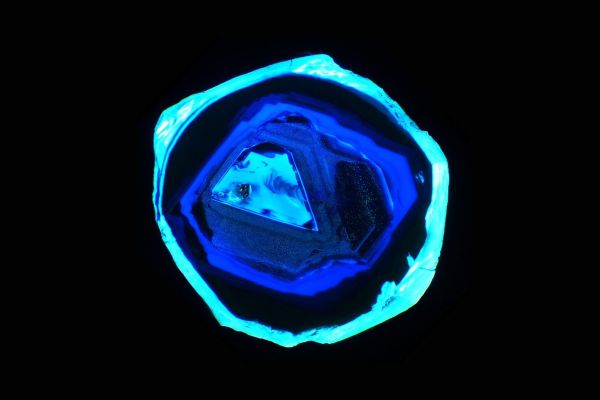|
|
Miners Could Start Hunting for Young Diamonds
Sep 26, 2017 9:40 AM
By Joshua Freedman
|
|
|

RAPAPORT... Some diamonds could be younger than mining companies
thought, according to research that may prompt rough producers to expand the
areas in which they can search for precious stones.
Researchers used a method called “radioisotope analysis”
to establish the age of small inclusions in diamonds from the Venetia mine in
South Africa. By assessing these flaws, they were able to determine how old the
crystals were.
It turned out that nine out of the 26 diamonds — donated
by De Beers — were about 3 billion years old, perhaps resulting from the
break-up of an old continent. However, 10 gems were just over a billion years
old, correlating with a giant volcanic event in Zimbabwe a mere 1.1 billion
years ago, according to a summary of the paper by Science Daily.
At present, mining companies focus on the oldest
kimberlites because they mainly assume so-called “harzburgitic” diamonds only occur in very old
mantle as a result of ancient geological events. While not all diamonds are
from harzburgite, diamond prospectors typically consider the presence of this
rock to be an indicator that there are a lot of diamonds under the ground.
However, the new findings mean diamond explorers may also
want to consider potential deposits that are much younger, explained Dr. Janne
Koornneef of the Vrije Universiteit Amsterdam, who led the study.
“There may thus be more sources for these type[s] of
diamond than was previously thought,” said Koornneef, whose findings appeared
in the science journal Nature last week.
Members
of the trade will probably not be able to state the age of individual diamonds,
because dating stones requires breaking them and extracting their impurities
for analysis. But it could mean companies can create a specific niche for
certain mines — for example, as sources of super-ancient diamonds.
“There
could be a market for something like ‘this quarry primarily has
3-billion-year-old diamonds,’ or something like that,” Trevor Nace, a geologist and founder of website Science
Trends, said in an email to Rapaport News. “[It] probably could be
marketed as a niche on the quarry or region, but not by the diamond
specifically.”
However,
Nace added, “this finding changes the way geologists look for diamonds. This
opens up a new opportunity to look for diamonds in places prospectors may not
have looked before. Formation of the diamond is inherently similar, just
the timing and place is different from what we previously believed for some
diamonds.”
De Beers said the findings would not significantly change how it looks for kimberlites, as diamonds can nonetheless only form at certain pressures and temperatures in the upper mantle.
“The geological [and] tectonic criteria for selecting a
target area remain unchanged,” the miner said in a statement.
Image: polished diamond showing its growth history and inclusions. Credit: Michael Gress
|
|
|
|
|
|
|
|
|
|
Tags:
De Beers, Janne Koornneef, Joshua Freedman, mining, South Africa, Trevor Nace, Venetia mine, Vrije Universiteit Amsterdam
|
|
|
|
|
|
|
|
Sep 27, 2017 7:29AM
By Don Duncan
|
|
I agree with De Beers. The age of diamonds generally has little to do with exploration targeting. It is whether or not the physical and chemical conditions which allow diamonds to exist in the Upper Mantle were present when the medium transporting them to the surface was active. If significant numbers of good quality diamonds were found in rocks which do not have a mantle origin, then that would be exciting...
|
|
|
|
|
|
|
|
|

|
|